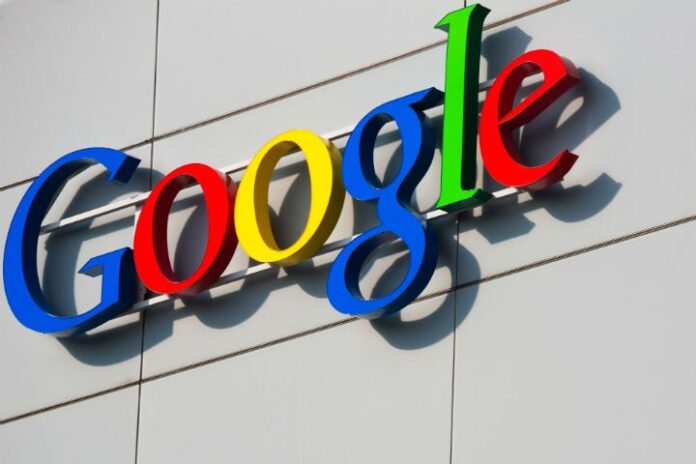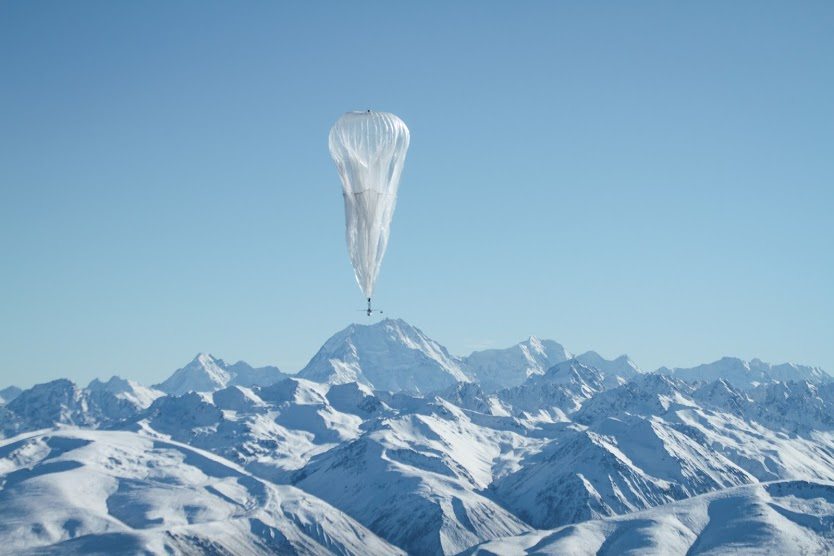Technology juggernaut Google changed the way we search with its proprietary algorithims. But the oft-secretive company is constantly working on technologically impressive, forward-leaning projects that have the promise to push broadscale change for billions of people around the world. Here’s a look at five of those projects.
Project Fi
In April, Google unveiled the commercial launch of its Project Fi service, which taps cellular operators, Wi-Fi and the Motorola Nexus 6 device to offer mobile communication services. The move followed a report from The Wall Street Journal claiming the highly anticipated launch was imminent.
Sprint and T-Mobile US were named cellular partners for the service, with Google citing the availability of “more than a million free, open Wi-Fi hotspots we’ve verified as fast and reliable” to handle the noncellular needs. Google added that the service will automatically encrypt data sessions conducted over one of the verified Wi-Fi connections.
Self-driving vehicles
After six years and 1.7 million miles covered, Google’s director of the self-driving car program has learned a number of valuable lessons about human error as it relates to traffic incidents.
Chris Urmson detailed what his group has learned in a May 11 blog post on Backchannel. He reported that the fleet of 20-plus Google cars has covered all that ground – about 1 million miles autonomously, the remainder under manual control – and was only involved in 11 minor accidents resulting in light damage and no injuries.
Google recently brought its self-driving cars to Austin, Texas, where RCR Wireless News is based.
Project Loon
Project Loon, Google’s initiative to establish worldwide Internet access, recently expanded its LTE testing area to include areas of the Nevada desert.
According to IDG News Service, although the tech giant has yet to confirm LTE and licensed radio spectrum testing in Nevada, local officials substantiated that recent sightings of balloon launches were connected with Project Loon.
According to Google, while many global citizens take Internet access for granted as a worldwide commodity, about two-thirds of the planet does not have reliable connectivity.
“Project Loon is a network of balloons traveling on the edge of space, designed to connect people in rural and remote areas, help fill coverage gaps and bring people back online after disasters,” Google stated.
Project Loon efforts first began in June of 2013 when Google launched several balloons to heights of about 65,000 feet above Earth’s surface.
Project Wing
This is a drone-based delivery service that Google is testing. The initial prototype, which was ultimately scrapped, had a single five-foot wing. In an early test run, a Google drone delivered supplies – vaccines, water and radios to farmers in rural Australia.
Project Tango
Project Tango is Google’s take on three-dimensional mapping technology, but differs in that it is intended to mimic the way humans navigate the world around them.
The mapping software works on an Android platform that’s tricked out with image processing and vision sensing technology. Project Tango uses depth sensors, visual clues and motion tracking to essentially map the world around whoever is carrying the device.




